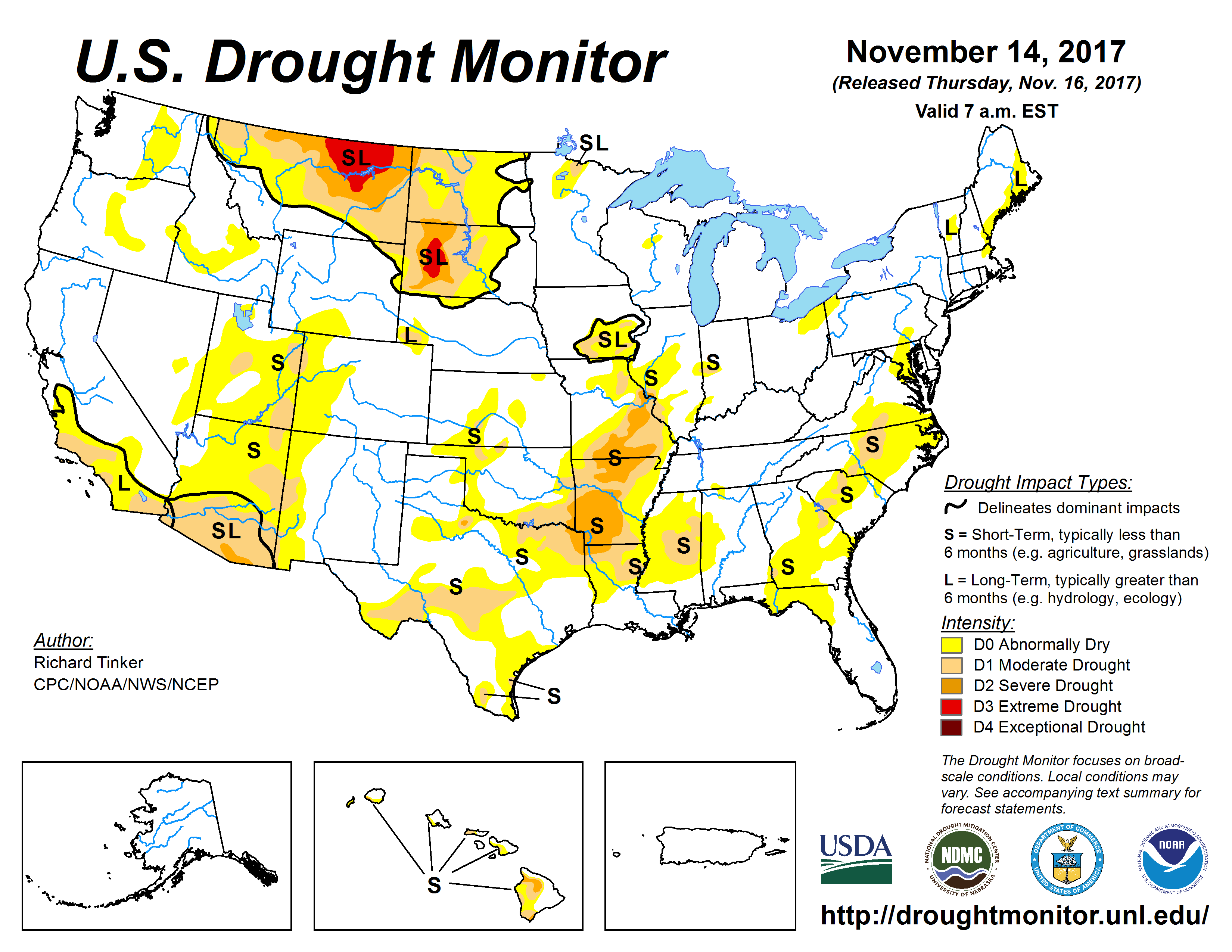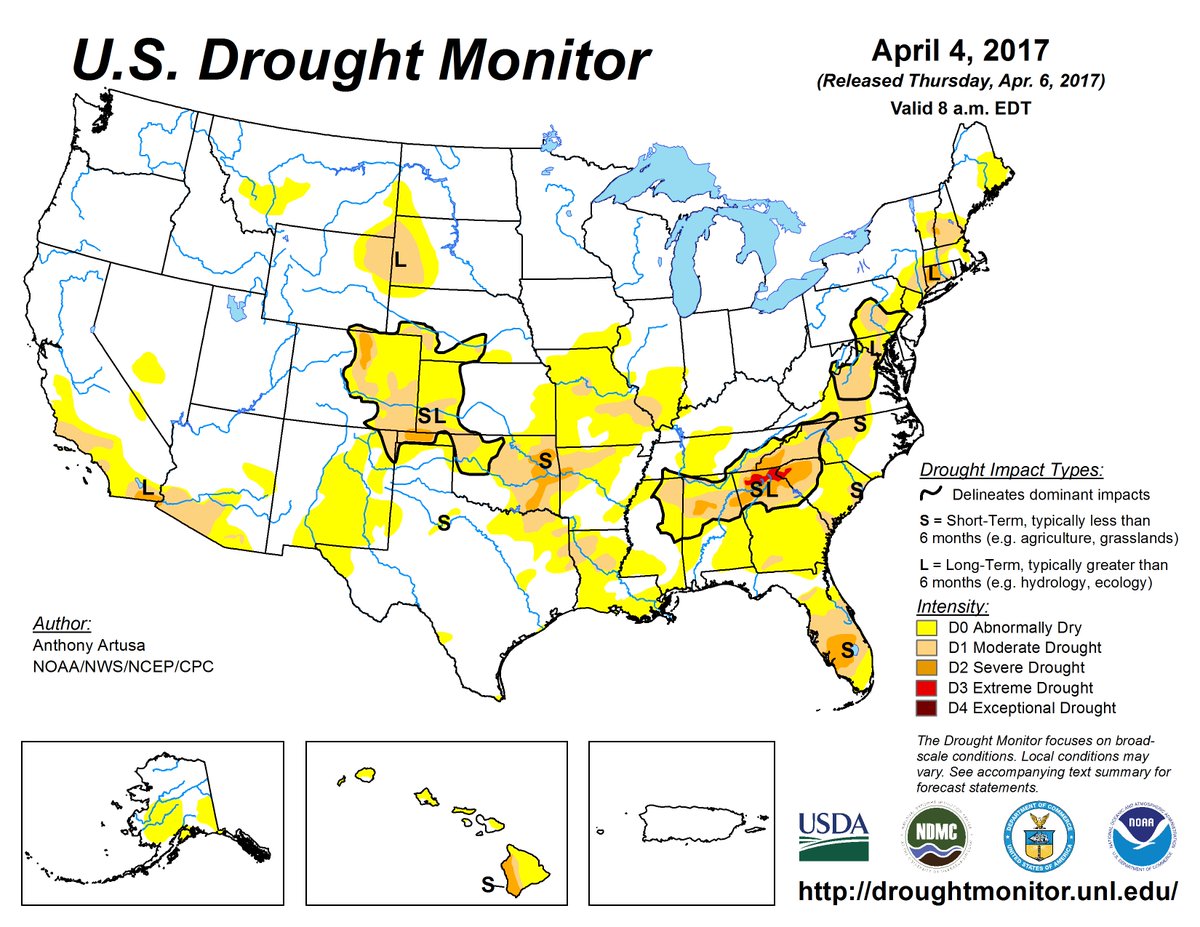

This winter, dry conditions may be set to continue in the south due to the La Niña weather pattern, in which Pacific Ocean surface temperatures periodically cool down.

has been experiencing a " megadrought" for the past 22 years, and it is thought to be the most severe one in 1,200 years. Drought Monitor/NOAA/NWS/NCEP/CPC/Adam Hartmanĭroughts are not uncommon in some regions of the U.S., but for many the current situation is record-breaking. may face continued dry conditions through this winter amid the La Niña weather pattern. Drought Monitor website, valid on October 18, 2022.

Texas Commission on Environmental Quality (TCEQ): Drought Impact on Texas Surface Water Map.Drought Monitor: Texas Drought Conditions Map To check out the forecast near you, try the NOAA Quantitative Precipitation Forecast map.ĭrought Conditions in Texas and the United States Little to no rainfall is predicted for much of the High Plains and West, particularly the Dakotas and Nebraska. The coastal Pacific Northwest is forecast to receive precipitation as well, along with northern coastal California. Over the next week, the eastern seaboard and the Southeast are predicted to receive heavy rainfall, particularly from east Texas up to Georgia.

#US DROUGHT MONITY PATCH#
Most of the state continued to remain drought-free, and the patch of severe drought (D2) in the northern half of the state shrank in size.ĭrought slightly decreased in North Carolina, however, an area of moderate drought (D1) persisted along the coast of the state.ĭrought conditions slightly decreased in Virginia over the past month, and the majority of the state continues to remain drought free. The southern half of the state improved, with a large area of abnormally dry (D0) drought conditions decreasing.įlorida also decreased in drought conditions over the last month. The eastern half of the state continues to experience some patches of extreme drought (D3).ĭrought conditions decreased in Georgia due to heavy rainfall in the Southeast. A large portion of the state is experiencing extreme and exceptional drought (D3 – D4), with only a small sliver of the eastern corner of the state remaining drought-free.ĭue to heavy rainfall in Louisiana, drought conditions significantly decreased across the state, particularly in northern Louisiana where moderate drought conditions (D1) were entirely eliminated.ĭrought conditions decreased in New Mexico over this past month, with precipitation alleviating a swath of abnormally dry conditions (D0) in the western half of the state. The Panhandle continues to suffer from drought conditions ranging from severe to exceptional (D2 – D4) across the region, resulting in decreases in soil moisture and stream flow levels.ĭrought conditions in Oklahoma also increased as precipitation remained lower than normal over the past month. Extreme and exceptional drought conditions (D3 and D4) expanded in central Texas, and abnormally dry and moderate drought conditions (D0 and D1) increased in the Red River region in east Texas. Map courtesy of NDMC-UNL.)ĭrought worsened in Texas over the last month. Drought Monitor is jointly produced by the National Drought Mitigation Center at the University of Nebraska-Lincoln, the United States Department of Agriculture, and the National Oceanic and Atmospheric Administration. The Southeast and South both saw decreases in drought conditions over the past month, however, drought conditions lingered along the coast in the Southeast, and intensified in Texas and Oklahoma in the South. The Northeast continued to remain generally drought-free overall, and the Midwest experienced a decrease in drought across the region. Other parts of the West benefitted from the heavy rainfall as well, with large-scale improvements in the Pacific Northwest and Rockies. Precipitation in California was over 300% of normal over the first two weeks of January, and the sum of California’s largest six reservoirs increased from 5 million acre-feet to 7.3 million acre-feet. California experienced impressive state-wide improvements due to multiple weeks of intense precipitation early in January, resulting in a 100-point decrease in the DSCI and providing extensive drought relief. The nationwide Drought Severity and Coverage Index (DSCI) decreased from 165 to 137, with decreases in the percent coverage of all drought categories (D0 – D4). over the past month, with particularly dramatic improvements in the West. Drought conditions improved across the U.S.


 0 kommentar(er)
0 kommentar(er)
